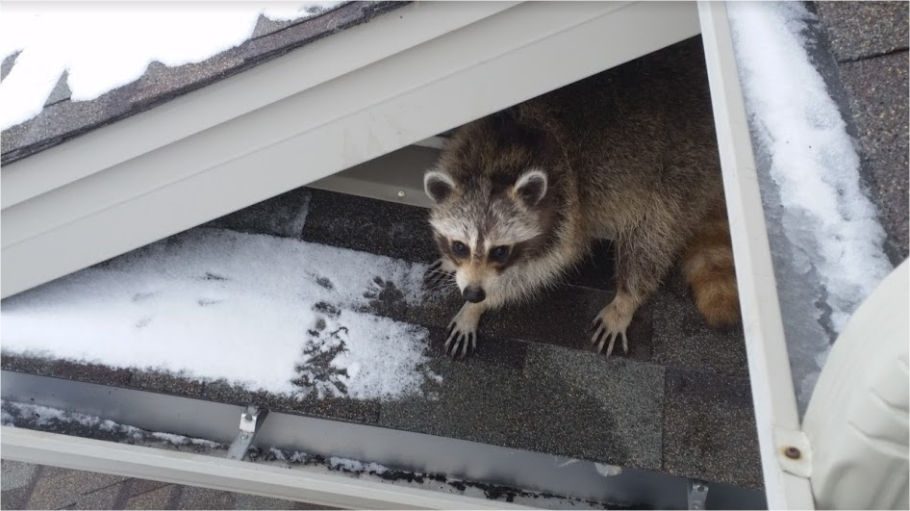Many people concern themselves with wildlife on or around their property, and for a good reason; animals can be unintentionally destructive. Raccoons are among the most notorious species for property damage, which is why many homeowners are obsessed with deterring the animal away from their properties using DIY methods. Our experts in raccoon control in Ajax say, “Unfortunately, most DIY deterrents are not sufficient, and one in particular, the use of ammonia, can be dangerous.”
The Perseverance of the Ammonia Myth
The reason people believe ammonia is a useful raccoon repellant is that it is a common element in urine. Raccoons are clean critters, meticulously so, meaning that they attempt to avoid foul odors. Unfortunately, like other deterrent methods, a raccoon can become acquainted with frequent smells or repellant devices. The animal is not dumb; it learns and adapts. Using a chemical such as ammonia can work, but it may not work for long.
Ammonia Is a Bad Idea
Ammonia is a bad idea for several reasons, but the two most important are that it is corrosive and toxic. The chemical can easily damage parts of your property, harming plantings and your home’s structure. While some people may not concern themselves with the toxicity of the chemical, it will not only harm the raccoon if ingested; it can also hurt your pets and children. Ammonia is a prime example of why DIY wildlife control methods should be avoided, especially when dealing with slim-researched online sources.
Better Deterrent and Prevention Options
Instead of focusing on potentially hazardous DIY methods for wildlife control, homeowners should pay attention to routine home maintenance that is often more effective. There are at least five deterrent and prevention methods homeowners can use without risking their property or health.
1. Seal Entries and Hideaways
The place to start when protecting your yard against wildlife is with any obvious entry points and hideaways. Raccoons are challenging to keep out because they are persistent and intelligent; fences rarely keep them out. Instead, you want to focus on any places that offer shelter, like under decks or sheds. Seal all these spaces with fencing or rocks.
2. Maintain Trees and Lawns
If given a route of access, a raccoon will make its way inside or under your home. You want to make sure that you trim trees and bushes to eliminate any shady goings-on.
Also, if you have any fruit-bearing trees or bird feeders in your yard, make sure that you keep the ground clean. Raccoons will welcome a free smorgasbord of goodies.
3. Protect Your Trash
Every raccoon loves a vulnerable trash can. If garbage cans are left without lids and unguarded, a raccoon will find its way to the tasty treasures inside. You want to buy garbage cans with tight-fitting lids, and it is best to store your cans inside your garage or shed until garbage day.
4. Feed Animals Indoors
While some pet owners prefer to feed their pets outside because of the mess and the smell, doing so only encourages other four-legged visitors. It is best to feed your animals inside, and you may also want to store their food indoors, inside a sealed container, preferably one with a locking or screw-down lid.
5. Call a Wildlife Professional
The best way to deter and control the wildlife population around your home is to consult with and hire a wildlife professional, preferably one using humane tactics. These experts can help you identify the animals on your property and their dens; then, the removal expert can design a strategy for control and removing the wildlife safely.
Using ammonia is dangerous for you, your pets, and the wildlife around your home. Instead of turning to unreliable and potentially hazardous DIY methods, contact our raccoon control in Ajax specialists from Skedaddle Humane Wildlife Control to address your raccoon problem.



